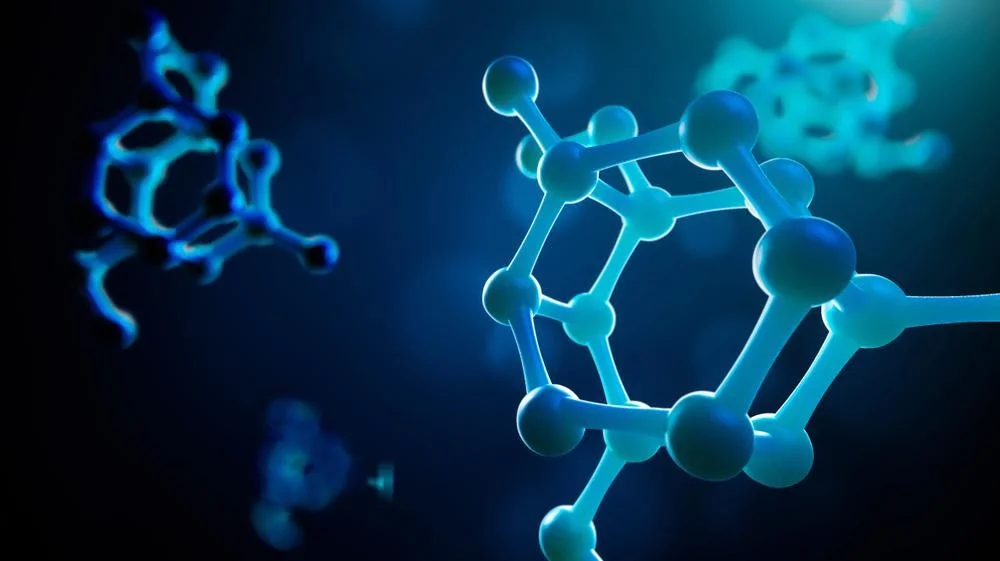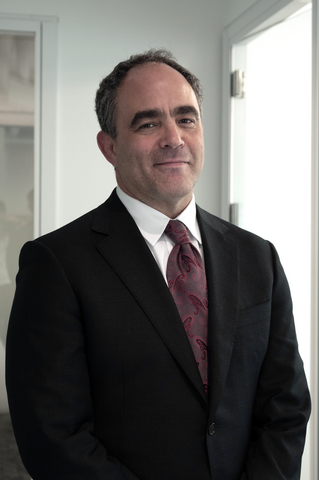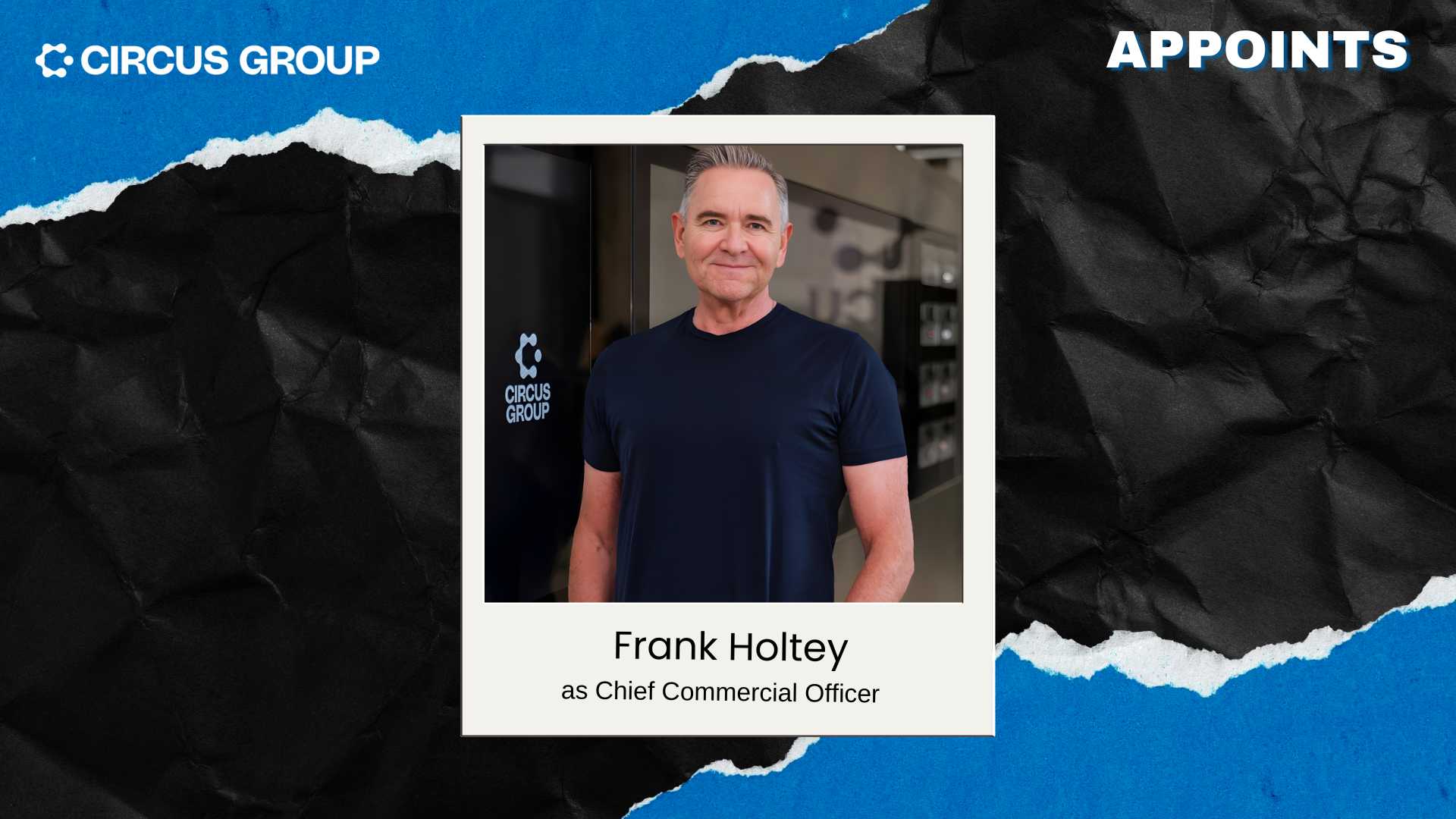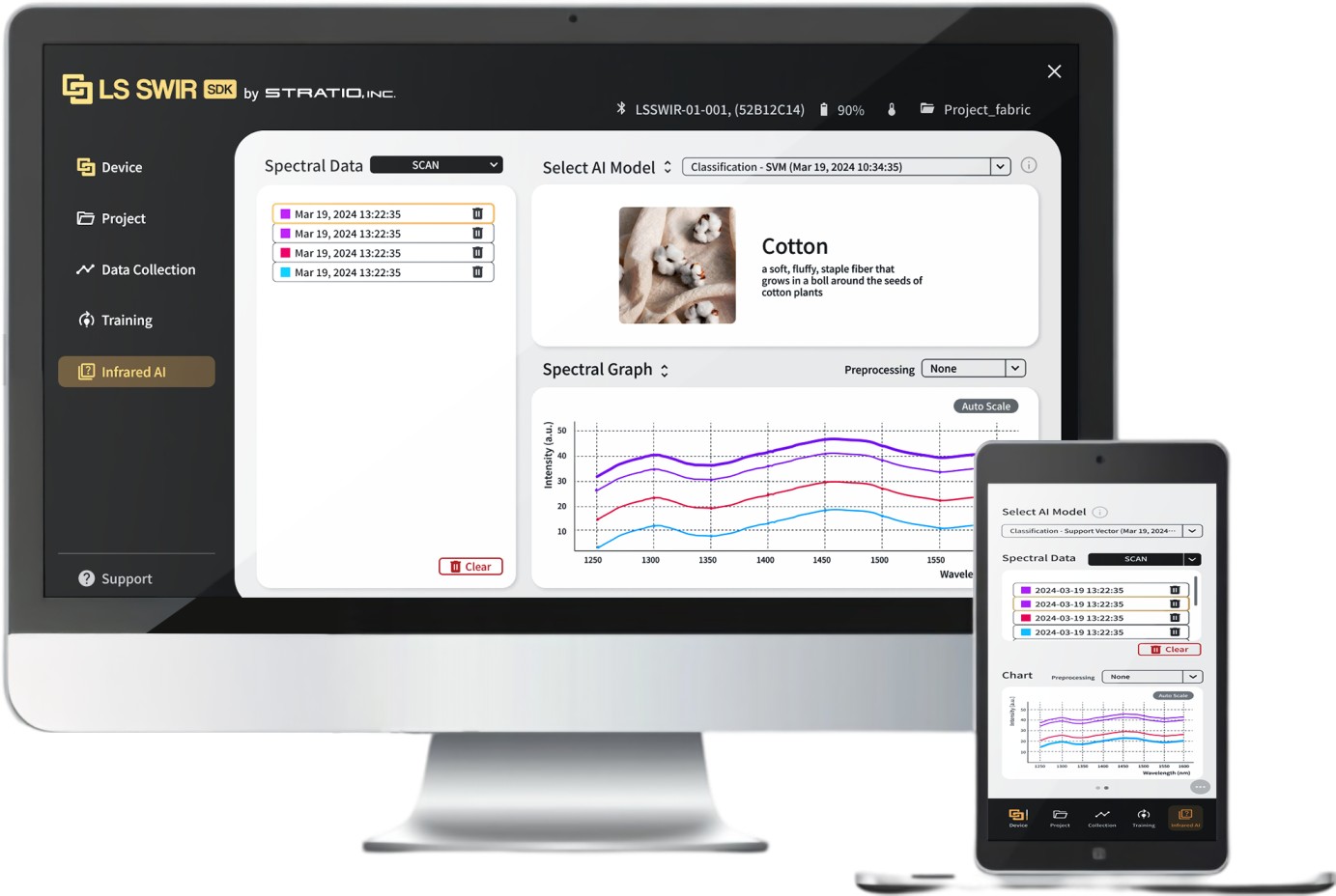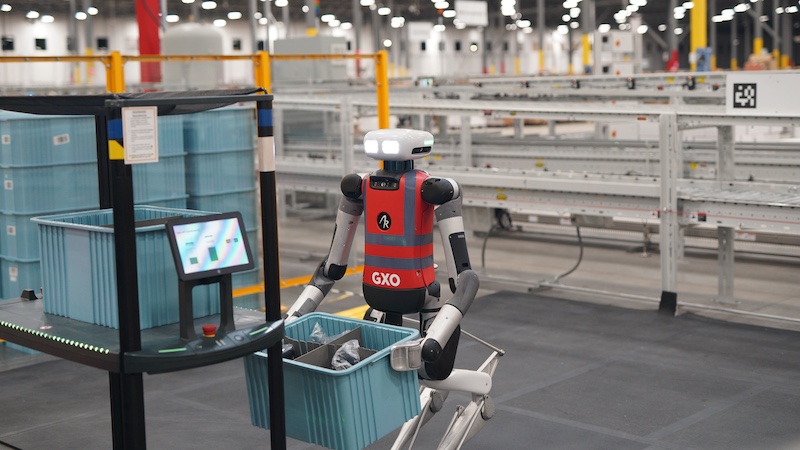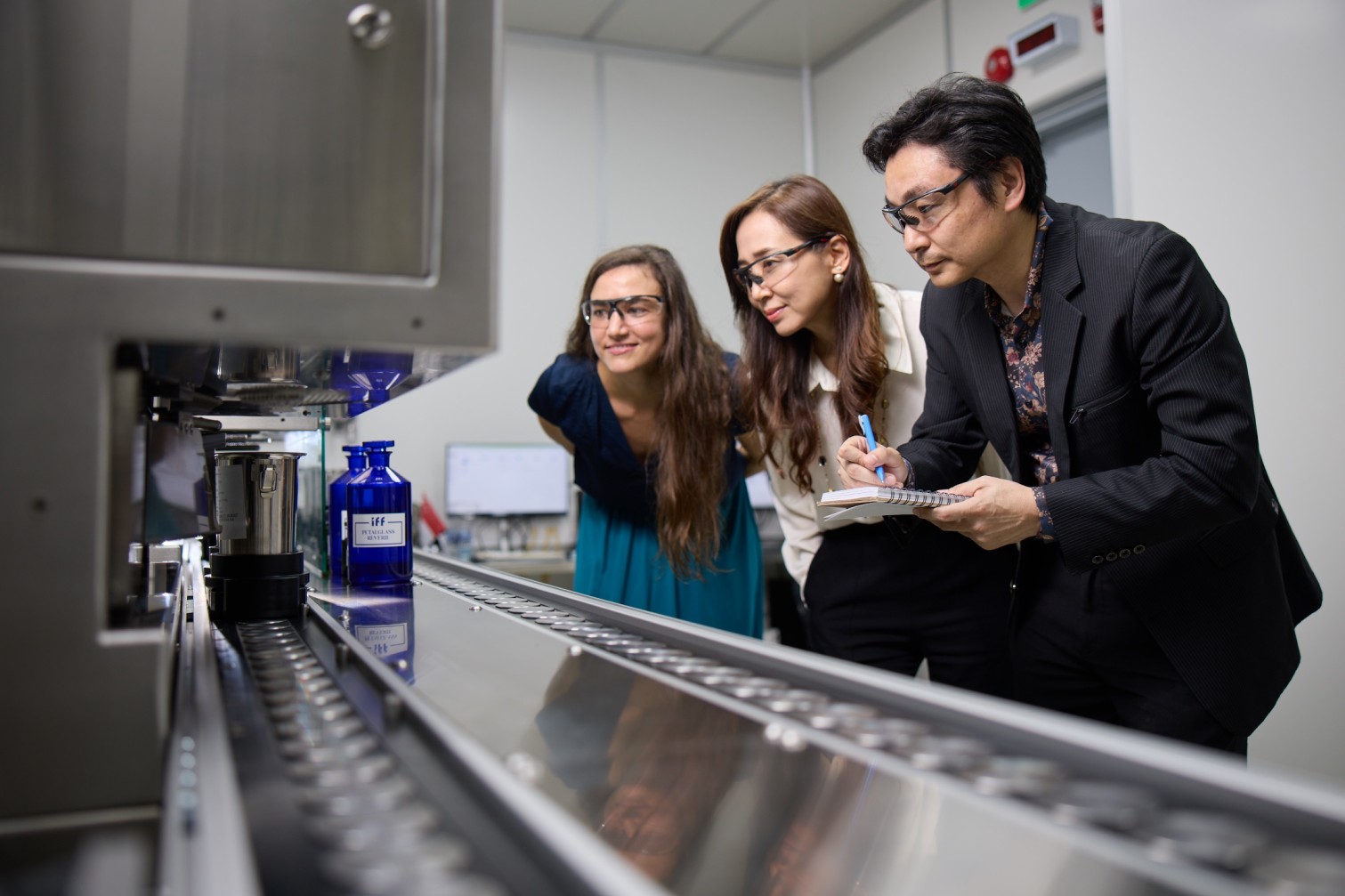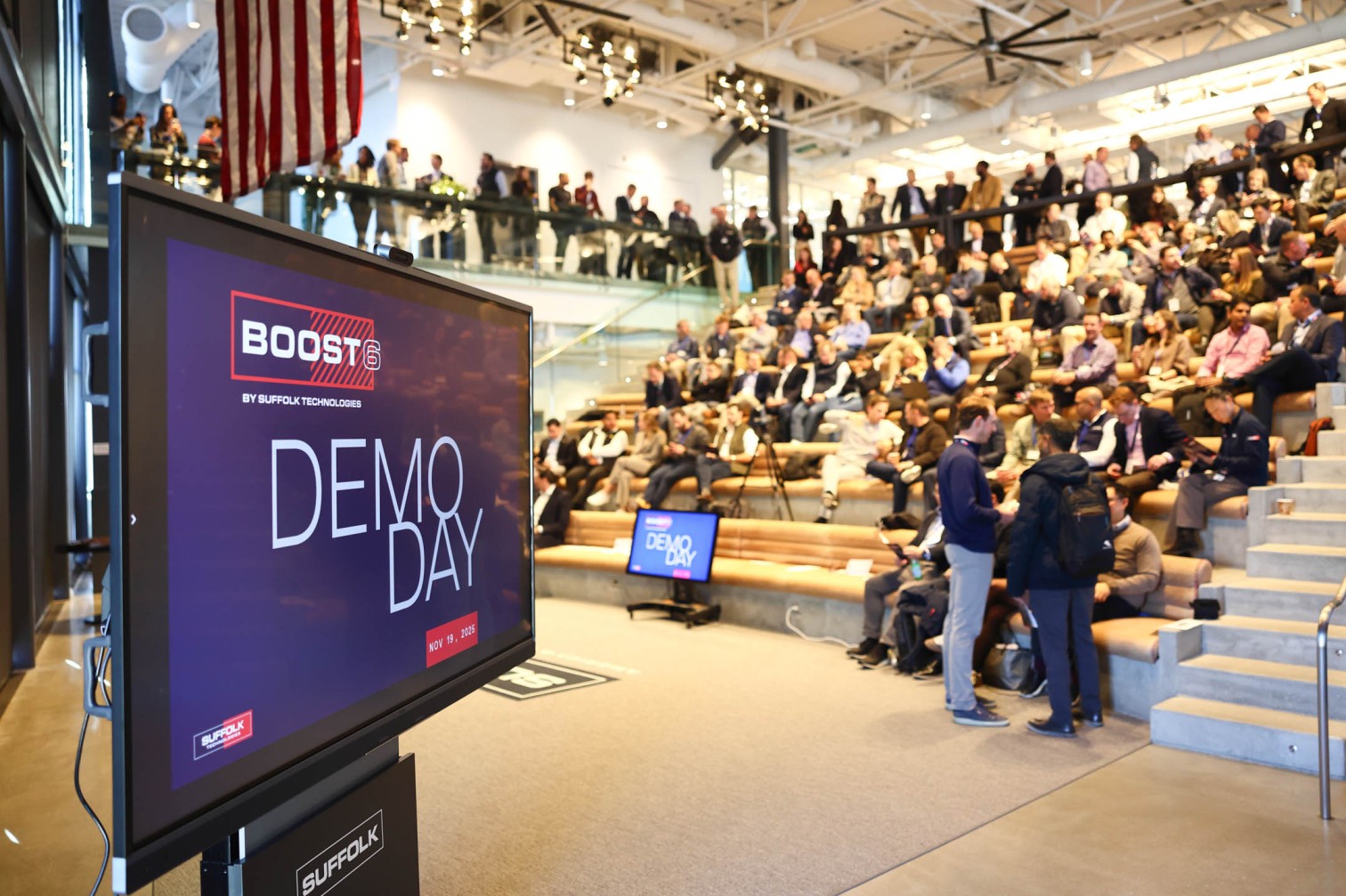Global High Purity Solvents Market to Reach $71.5 Billion by 2032, Driven by Demand in Pharmaceuticals and Semiconductors
As industries focus on sustainability and precision, high purity solvents play a critical role in pharmaceutical, biotechnology, and semiconductor processes, driving robust market growth with a projected CAGR of 6.5% through 2032.
Image Source | Public Domain
The demand for high purity solvents is increasing due to their essential role in pharmaceuticals and semiconductors. These solvents ensure product quality and support advancements in technology while industries focus on sustainability and regulatory compliance to minimize environmental impact.
The global high purity solvents market is estimated to reach valuation of US$ 71.5 billion by 2032 from US$ 40.6 billion in 2023 at a CAGR of 6.5% during the forecast period, 2024–2032.
The high purity solvents market is experiencing robust growth, driven by its essential role in diverse industries and the increasing demand for ultra-clean chemical processes. One of the primary applications lies in the pharmaceutical industry, which accounts for approximately 5.3 million liters of solvent usage annually for drug formulation and synthesis. The biotechnology sector also heavily relies on these solvents for DNA and protein analysis, utilizing around 2.8 million liters yearly. Furthermore, the electronics industry, particularly semiconductor manufacturing, consumes about 4.5 million liters as these solvents are crucial for wafer cleaning and lithography processes.
Based on end users, research laboratories emerge as significant consumers in the high purity solvents market, with an estimated 3,000 labs globally employing high purity solvents for analytical testing and spectrometry. The demand is mirrored in the chemical industry, where approximately 1,200 chemical companies integrate these solvents into their production lines to ensure contaminant-free outputs. Moreover, the food and beverage industry utilizes about 1.1 million liters for quality control and flavor extraction, underscoring the solvents' versatility across various sectors.
Key industries propelling the high purity solvents market include the cosmetics sector, which uses around 900,000 liters for formulation stability and purity. The automotive industry, with its increasing focus on high-quality coatings and finishes, employs an estimated 700,000 liters annually. The global push towards renewable energy has also seen the solar panel industry adopting high purity solvents, with consumption reaching approximately 600,000 liters for panel manufacturing processes. These statistics reflect a dynamic market landscape, showcasing the critical role high purity solvents play across multiple industries, driving innovation and ensuring precision in applications ranging from healthcare to electronics and beyond. This multifaceted demand is set to further propel market growth, opening new avenues for development and application.
Key Findings in High Purity Solvents Market
| Market Forecast (2032) |
US$ 71.5 Billion |
| CAGR |
6.5% |
| Largest Region (2023) |
Asia Pacific (46.1%) |
| By Type |
Acetone (28.6%) |
| By Grade |
HPLC Solvents (34.3%) |
| By Category |
Polar Solvent (73.5%) |
| By End Users |
Laboratories (20.9%) |
| By Packaging |
Amber Bottles (35.8%) |
| By Distribution Channel |
Offline (77.6%) |
| Top Drivers |
- Increasing global demand from pharmaceuticals and biotech for high purity solvents.
- Rising utilization in electronics and semiconductor manufacturing processes worldwide.
- Stringent regulations mandating higher purity levels in chemical products globally.
|
| Top Trends |
- Growing adoption of greener, sustainable methods in solvent production processes.
- Rising investments in research for ultra-high purity solvent development.
- Expanding applications in emerging fields like nano- and biotechnology industries.
|
| Top Challenges |
- Elevated production costs due to stringent purity requirements worldwide.
- Complex regulatory compliance and certification processes across multiple regions.
- Supply chain disruptions impacting raw material availability and costs.
|
Pharma and Personal care & Cosmetic Companies to Contribute Over 26% Market Share By 2032
Pharmaceutical companies and the cosmetic and personal care industries have carved out a significant portion of the high purity solvents market, collectively commanding a substantial market share due to their rigorous demand for quality and innovation. In the pharmaceutical industry, the necessity for high purity solvents is paramount, driven by the need for precise formulation and synthesis of active pharmaceutical ingredients (APIs). There are over 5,000 pharmaceutical companies worldwide, with a substantial number involved in drug development processes that require meticulous attention to solvent purity to ensure safety and efficacy. Moreover, the global pharmaceutical market is valued at over $1.4 trillion, reflecting the massive scale and financial capacity of this industry to invest in high-quality solvents that support complex research and development activities.
The cosmetic and personal care industry, valued at approximately $500 billion, also significantly contributes to the demand for high purity solvents market. This industry's reliance on solvents stems from their role in ensuring product stability, texture, and efficacy. There are more than 15,000 cosmetic manufacturing facilities worldwide, each requiring solvents for the production of a diverse range of products, from skincare to haircare. The rise in consumer awareness regarding product safety and the growing trend towards clean beauty have further intensified the demand for high purity solvents. Notably, the number of global skincare launches has surpassed 25,000 annually, necessitating solvents that meet high purity standards to deliver safe and effective products.
Furthermore, regulatory compliance plays a critical role in both industries, with stringent guidelines necessitating the use of high-quality solvents to meet safety and environmental standards. The number of regulatory filings for new pharmaceutical products and cosmetics exceeds 10,000 annually, highlighting the rigorous standards these industries must adhere to in the high purity solvents market. Collectively, these factors drive the substantial market share held by pharmaceutical and cosmetic industries, underscoring their pivotal role in advancing both medical and consumer product innovation.
UHPLC-MS Solvents to Generate More than 22% Market Revenue
The demand for UHPLC-MS solvents in the high purity solvents market is poised for significant growth, driven by advancements in technology and an increasing need for more efficient analytical solutions. As of 2023, the pharmaceutical sector leads the adoption of UHPLC-MS solvents, with over 700 pharmaceutical companies worldwide integrating UHPLC-MS systems into their drug development processes. This adoption is primarily due to the solvents' ability to provide faster and more accurate results, reducing the time required for drug analysis and quality control. Furthermore, UHPLC-MS technology is now utilized in more than 1,000 laboratories specializing in proteomics and metabolomics, indicating its critical role in advancing research in these fields. The solvents' superior separation capabilities are essential for analyzing complex biological samples, making them indispensable in cutting-edge research. In addition, the global installation of UHPLC-MS systems surpassed 1,200 units in 2023, reflecting the growing investment in this technology across various industries.
Beyond pharmaceuticals, the environmental testing and food safety sectors are also major contributors to the rising demand for UHPLC-MS solvents in the high purity solvents market. Over 500 environmental testing laboratories have adopted UHPLC-MS systems to enhance their ability to detect and quantify pollutants with high precision. This is crucial in meeting stringent regulatory standards and ensuring environmental safety. In the food safety industry, more than 600 facilities have turned to UHPLC-MS to analyze contaminants and ensure compliance with international standards. The versatility of UHPLC-MS solvents is further evidenced by their use in over 400 academic research projects, where their ability to precisely analyze complex mixtures is highly valued. Additionally, the market for UHPLC-MS solvents is expanding, with more than 900 suppliers globally, indicating a robust supply chain and increasing accessibility for end users. As industries continue to prioritize efficiency and precision in their analytical processes, the demand for UHPLC-MS solvents is expected to grow, solidifying their role as a critical component in the market.
Asia Pacific to Continue Being the Largest High Purity Solvents Market, Set to Capture Over 49% By 2032
The Asia Pacific region is poised to maintain its status as the largest high purity solvents market due to a confluence of industrial expansion, technological advancements, and regulatory frameworks. China's chemical production, surpassing 300 million tons in 2023, exemplifies the region's colossal manufacturing capacity. Additionally, China's automotive industry, producing 25 million vehicles this year, continuously demands high purity solvents for paints and coatings. Taiwan's semiconductor sector further solidifies the region's dominance, with over 100 billion units produced, necessitating solvents for precise manufacturing processes. South Korea's electronics industry, shipping 500 million consumer electronics units, also relies heavily on these solvents. Supporting this growth, over 200 new petrochemical plants have been commissioned, each integrating high purity solvents into their processes to meet exacting standards.
India, with its burgeoning pharmaceutical industry, has added over 1,500 new manufacturing units, significantly boosting high purity solvents market demand. The food and beverage sector, expanding to 50,000 processing facilities, increasingly uses high purity solvents due to their non-toxic attributes. Stringent environmental regulations have prompted over 80,000 industrial units to upgrade to cleaner solvents. This regulatory environment, coupled with over 5,000 active research projects focusing on advanced solvents, ensures the region's continued prominence. The adhesives and sealants market alone consumed over 1 million tons of such solvents, further illustrating the robust demand. The dynamic synergy of growing industrial sectors, innovative research, and proactive governance uniquely positions Asia Pacific to sustain its market leadership. While North America and Europe maintain relevance, their growth rates lag behind, underscoring Asia Pacific's strategic advantage as it navigates an ever-evolving global market landscape.
BASF SE, Dow, Evonik Industries AG and Exxon Mobil Corporation are Top 4 Players Capturing Over 52% Market Share
The high purity solvents market is characterized by its high level of consolidation, with the top four players—BASF SE, Dow, Evonik Industries AG, and Exxon Mobil Corporation—collectively commanding over 52% of the market share. This concentration indicates a competitive landscape where these leading companies leverage their extensive resources, advanced technologies, and established distribution networks to maintain their market positions. As industries such as pharmaceuticals, electronics, and chemicals demand increasingly purer solvents for their processes, these companies are at the forefront of innovation and supply, setting benchmarks for quality and reliability in the market.
Exxon Mobil Corporation stands out among these heavyweights, capturing more than 19.8% of the market share, making it the dominant player. This leadership position can be attributed to several strategic advantages. Firstly, Exxon Mobil’s extensive global supply chain allows for efficient distribution and accessibility, ensuring their high purity solvents are readily available to meet international demand. Their investment in cutting-edge research and development has enabled them to produce solvents that meet the stringent purity standards required by various industries, particularly in the rapidly growing pharmaceutical and electronics sectors. Moreover, Exxon Mobil’s strong financial position and ability to invest in state-of-the-art production facilities ensure they remain at the forefront of innovation and quality production.
Furthermore, Exxon Mobil's dominance in the global high purity solvents market is reinforced by its commitment to sustainability and environmental stewardship, which resonates well with global trends and regulatory demands. By prioritizing environmentally friendly production processes and reducing the environmental impact of their operations, Exxon Mobil not only aligns with regulatory requirements but also appeals to environmentally conscious consumers and industries. This focus on sustainability, combined with their technical expertise and extensive market reach, positions Exxon Mobil as a preferred partner for companies seeking reliable and sustainable high purity solvent solutions. As the market continues to evolve, Exxon Mobil’s strategic initiatives and robust operational framework are likely to sustain its leading position, driving growth and innovation in the high purity solvents sector.
Key Companies:
- Akzo Nobel N.V.
- American International Chemical LLC
- Apchem Pvt. Ltd.
- Asahi Kasei Corporation
- BASF SE
- CABB Group GmbH
- Central Drug House
- Chemtronics
- DAWN SCIENTIFIC INC
- Dow
- Evonik Industries AG
- Exxon Mobil Corporation
- FINAR
- High Purity Laboratory Chemicals Pvt. Ltd.
- Merck KGaA
- Mitsubishi Chemical Corporation
- Mountain Air
- Spectrum Chemical Manufacturing Corp.
- Thermo Fisher Scientific Inc.
- Other Prominent Players
Key Segmentation:
By Type
- Acetone
- Ethanol
- Heptane
- Hexane
- Isopropyl Alcohol
- Methanol
- Pentane
By Grade
- HPLC Solvents
- HPLC Isocratic Solvents
- HPLC Gradient Solvents
- HPLC Plus Solvents
- LC-MS Solvents
- UHPLC-MS Solvents
By Category
- Polar Solvent
- Non-polar Solvent
By Packaging
- Amber bottles
- Aluminum bottles
- Recyclers
- Borosilicate bottles
By End User
- Laboratories
- Culturing Cells and Tissues in Petri Dishes
- Liquid Chromatography Analysis
- Gas Chromatography Analysis
- Molecular Biology Experiments
- ICP-MS
- Plastics & Adhesives
- Sealants
- Textiles
- Pharmaceuticals
- Food & Beverages
- Chemicals
- Cosmetics & Personal Care
- Agriculture
- Paints & Coatings
- Soaps & Detergents
- Electronics
- Others
By Distribution Channel
By Region
- North America
- Europe
- Asia Pacific
- Middle East & Africa (MEA)
- South America


